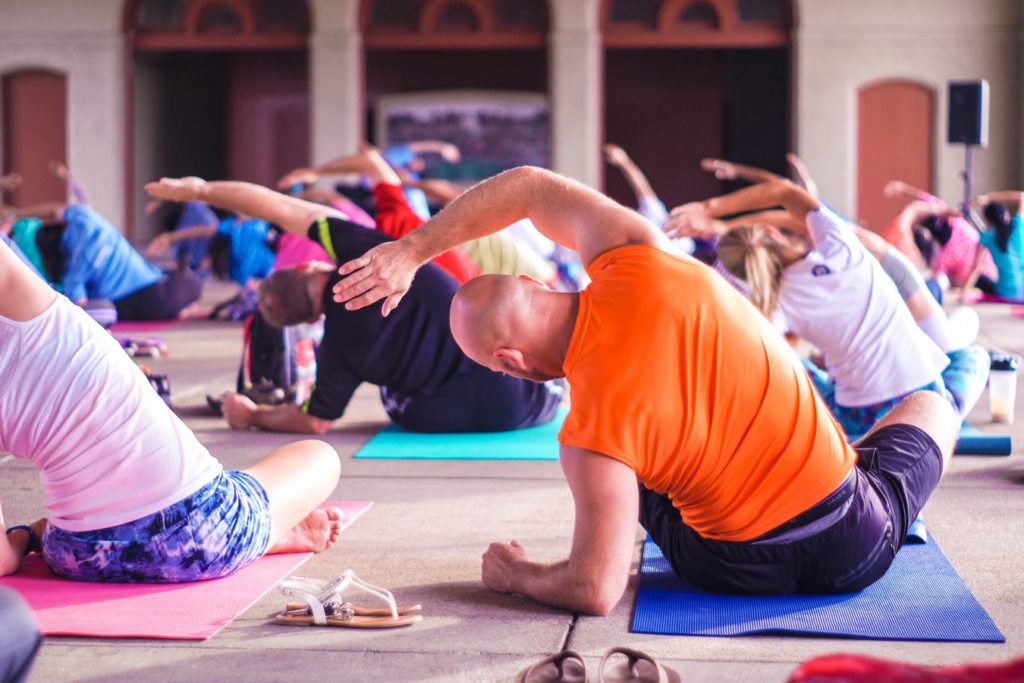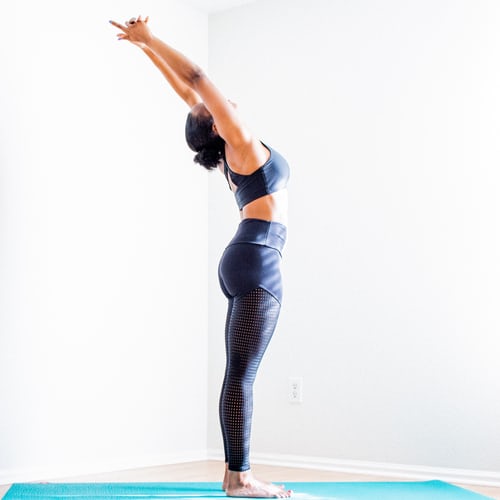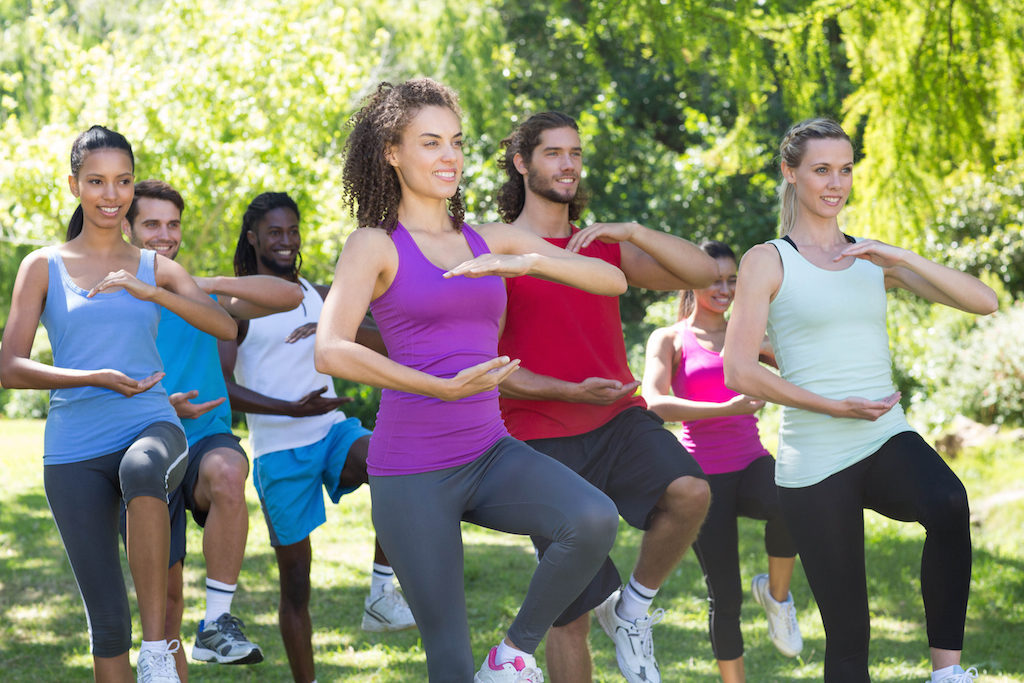Tai Chi vs. Yoga: Ready to build physical and mental strength? Mind-body movement offers the ultimate two-for-one combo.

The following written content by Mallory Creveling
Mind-body movement offers the ultimate two-for-one combo: As you work on your physical health, strengthening your muscles and balancing out your body, you also nourish your mind in a major way. Two of the most powerful and ancient mind-body practices out there—tai chi and yoga—have become beloved across the globe in recent decades.
Both modalities challenge and ground you both physically and mentally by incorporating various postures and movements and connecting you to your body and breath.
However, though tai chi and yoga offer many similar benefits (science-backed benefits, might I add), they have different origins, histories, and styles.
Whether you ultimately opt for tai chi vs. yoga depends entirely on personal preference (though you can totally do both!), but there are a few things to know about what to expect in a class.
Ready to feel strong in all the ways? Use this guide to get familiar with tai chi and yoga’s rich roots, what each practice looks like in real-time, and how to get started.


The Origins Of Yoga And Tai Chi
Though yoga and tai chi have unique histories and roots, both have existed for centuries and originated in Asia.
Before yoga spread across the globe and became the popular physical and mental practice that it is today, it began about 5,000 years ago as an Indian philosophy; a way to connect with divine spirits, says Kelly Turner, RYT, director of education for YogaSix. “It was more about meditation and concentration—and moving toward a place where a person could overcome the burdens of being human and find liberation and enlightenment,” she explains.
In fact, it wasn’t until the 1900s that the physical aspect of yoga became more prominent in India. “The physical postures were designed to help people sit more comfortably in meditation,” Turner says. Eventually, a few key yogis led the charge in creating the yoga practices that we know in the Western world. Today, there are a number of different styles of yoga students may practice, from invigorating vinyasa to quiet restorative yoga. Learn more from Women’s Health.





